Articles from Anette Lusina at the Petapixel photography site
Android smartphones have advantages that make many people choose them instead of iPhone, including having a cheap and affordable option, high-end models have new features than products from Apple. But there is one point that until now Android still has to “run long” is the camera application system.
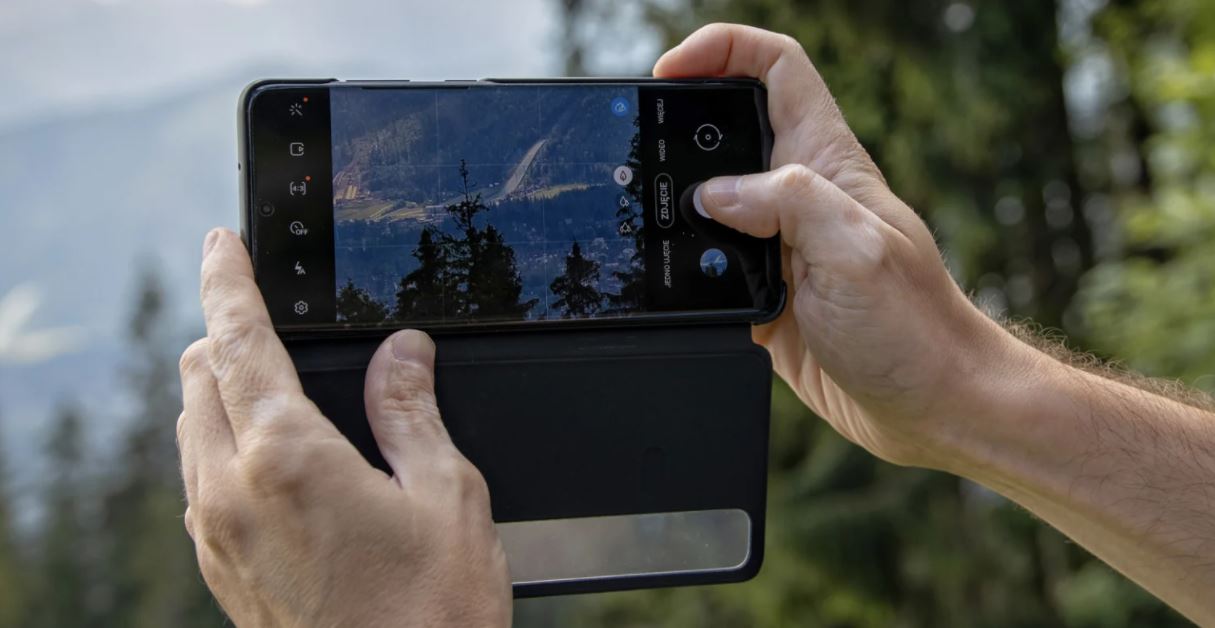
After investigation, page Petapixel came to the conclusion that this happened not because the app developers didn’t know what users wanted, but because they had difficulty developing for Android. Harshit Dwivedithe head of the Aftershoot app publisher shared his perspective.
The Android market is diverse, but not always an advantage
Mr. Dwivedi compares developing apps for Android to iOS to making apps for macOS and Windows. For macOS and iOS, programmers only need to take into account a certain set of screen sizes and ratios. Meanwhile, Windows computers and Android smartphones and tablets each have a different size and ratio.
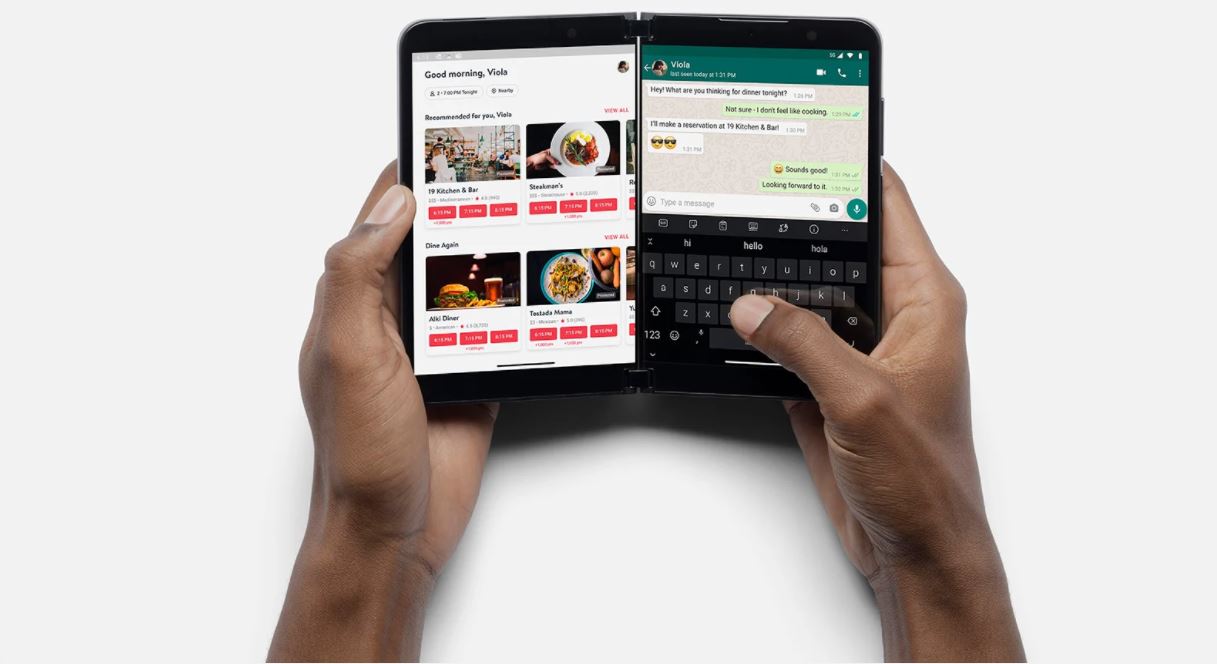
Microsoft Surface Duo 2
For photo applications, each Android company has a different form of image rotation information (horizontal, vertical), from Samsung, Xiaomi to Google Pixel. Even when taken from an app, the photo can rotate vertically on Samsung Galaxy but horizontally on Xiaomi smartphone. The battery saving mode on Xiaomi also turns off all background applications, some of which are unable to send notifications to users.
Companies have also taken this into account, providing developers with pieces of code called “hooks” for them to customize their apps to be compatible with their smartphones. Like LG, for example, they provide hook code to make applications for LG Wing with 2 screens, one horizontal and one vertical, but according to Mr. Dwivedi, developing a separate application for this smartphone is time consuming, because after that product. No other company makes the same feature. The problem will be even more difficult when the market moves to the design of folding screen smartphones, currently each company is making one model.
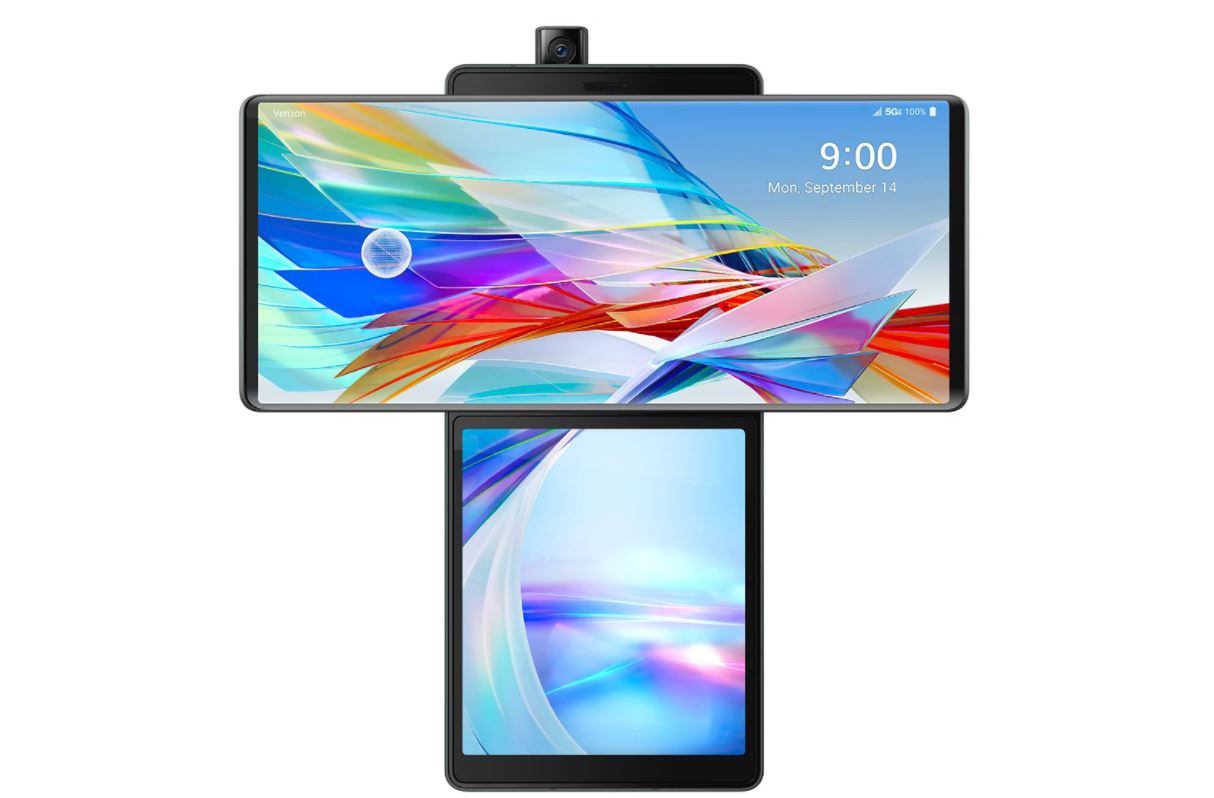
LG Wing

Huawei Mate X2 folding smartphone
There are other problems when buying an Android smartphone
According to Mr. Dwivedi, users who want to buy Android smartphones today also encounter “surprises”, hidden in the advertising of manufacturers. Like Samsung Galaxy S21, it has 2 versions using Snapdragon and Exynos processors for different markets, besides having unequal performance, the processing ability is also not the same.
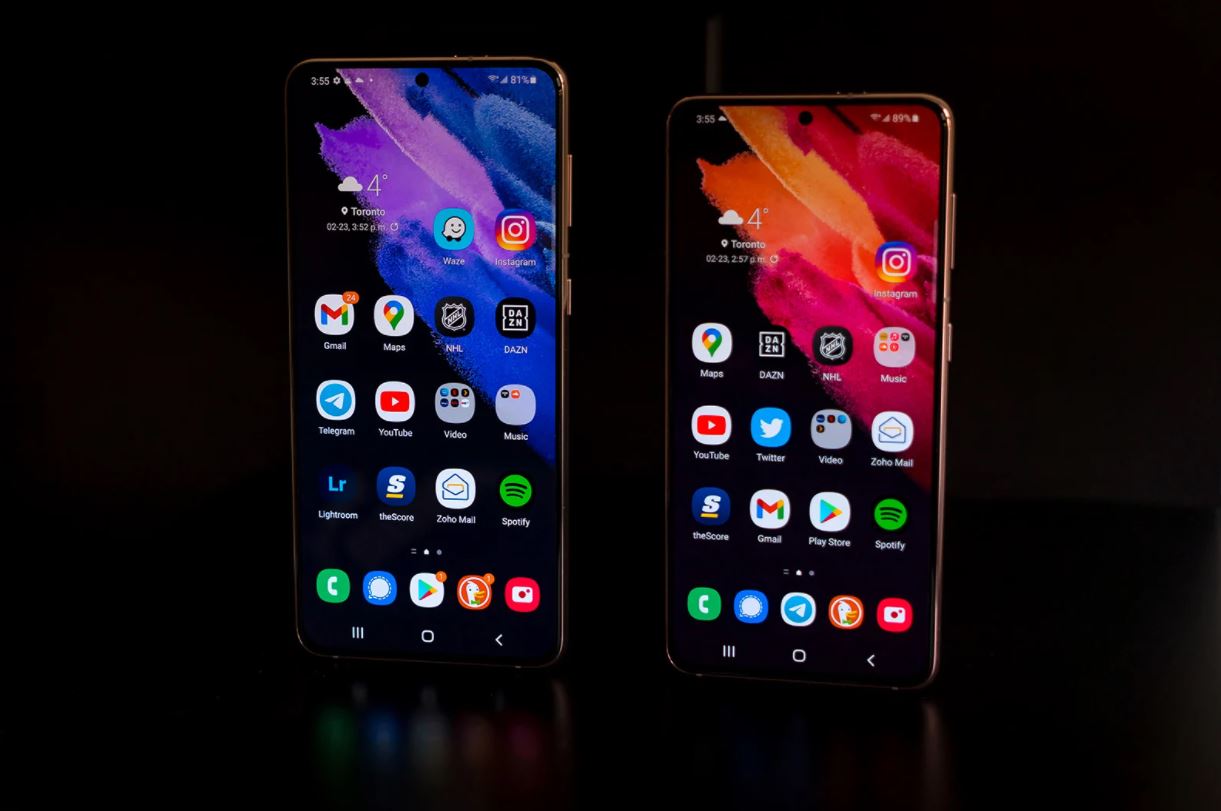
Samsung Galaxy S21 and S21+
Similarly, when a smartphone is advertised as capable of 10x optical zoom, users do not need to know how it works, the feature just needs to be adjusted to make it as accessible and easy to use.
Which Android smartphone to choose if you like taking pictures?
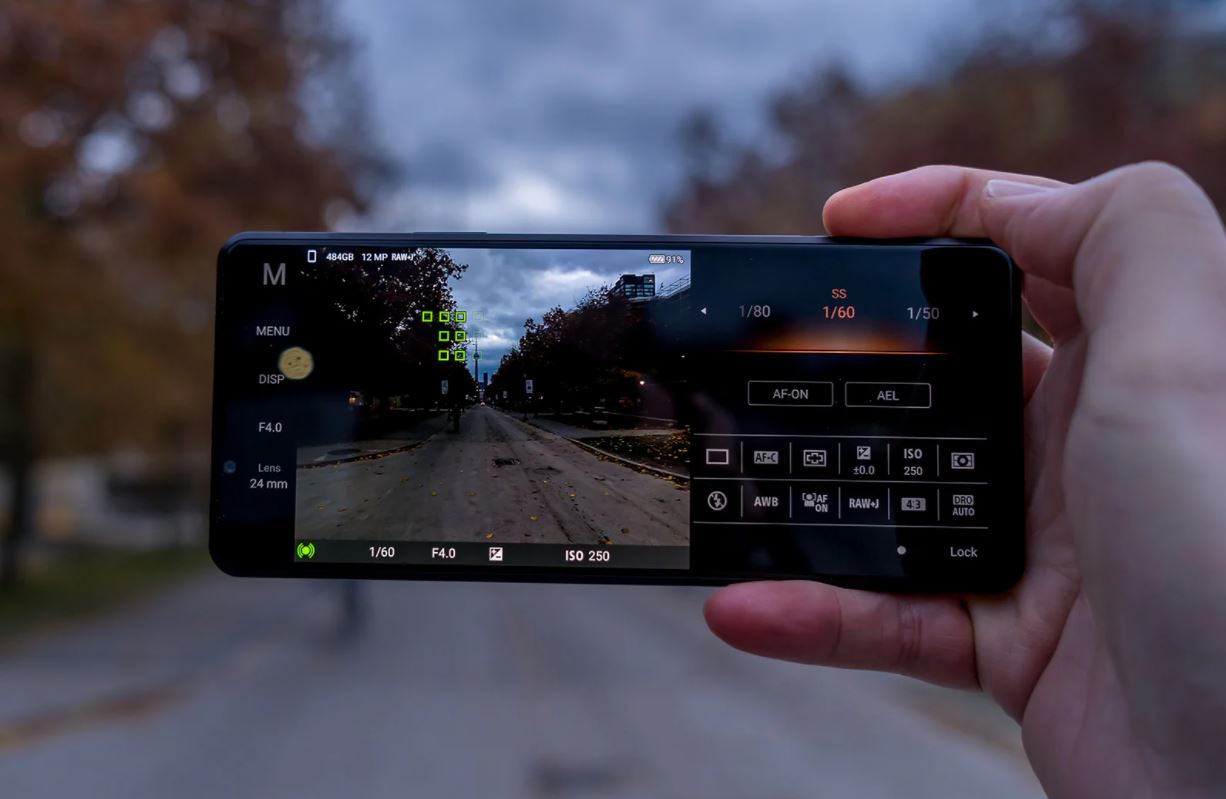
Sony Xperia Pro-I
For those who like to take photos with smartphones, Dwivedi recommends two models, the Sony Xperia Pro-I and the Google Pixel 6 Pro. Products from Sony have a lot of customization features in their photography application, helping the “Pro” to create the photo that suits them best. In contrast, Pixel 6 Pro has a simple way of taking photos, but powerful AI processing capabilities, so it usually just needs to be taken-is-beautiful.
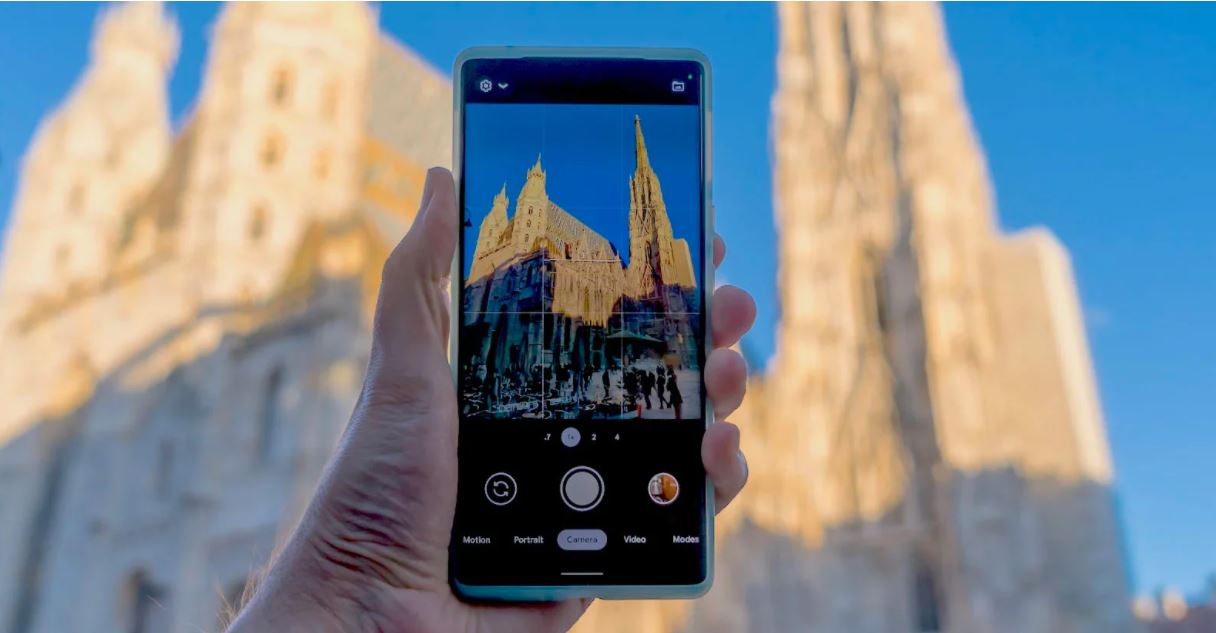
Google Pixel 6 Pro
He does not have a positive view of the mid-range market, saying that the camera in this segment is heavily cut, with features just for “coloring”. Many mid-range smartphones have 3-4 cameras, but the usefulness and image quality still lose to the old Pixel line with only 1-2 cameras. In the price range below the flagship, people care more about other features such as screen, smoothness, battery quality, so taking pictures will not be the first thing.
Android also has a big problem that the image quality will be reduced when using 3rd party applications. “When using an app outside of the picture, there’s no HDR processing, which is always well done by the iPhone.”
What’s the future for Android?
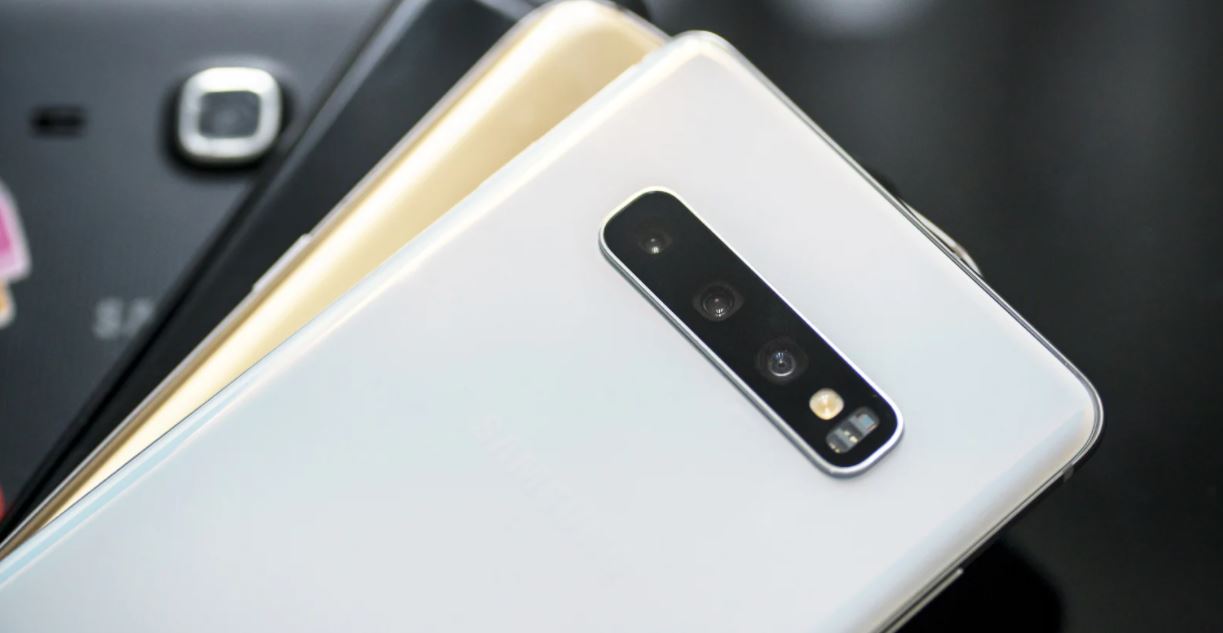
In order for Android’s ability to take pictures with external apps can be improved, we have to look at the problems of the moment. Mr. Dwivedi said that to create a photo app for Android, developers will have to use an API called Android Camera with 2 versions: Camera1 for devices with Android Lollipop and below, Camera2 for newer devices.
Both have their own problems, where Camera1 is simple and lacks features, and Camera2 has more features but is difficult to use. Samsung develops its own API, instructing apps like Snapchat to use it instead of the Google API.
From here, developers will have to add an “if – then” command to use the Samsung API for Galaxy smartphones, using the Google API for other products, which is already complicated and now even more complicated. Last year, Google provided a new version of the API called CameraX that is said to have high image quality because of its built-in HDR and AI processing, but it doesn’t have an official stable version yet.
Large apps like TikTok, Snapchat or Instagram still use Camera1, 2 simply because they don’t want to use an unstable version of the CameraX API that can cause conflicts. Mr. Dwivedi remains optimistic, saying that Android will catch up with iOS in terms of taking photos with external apps, but this will require a lot of effort from Google itself.
